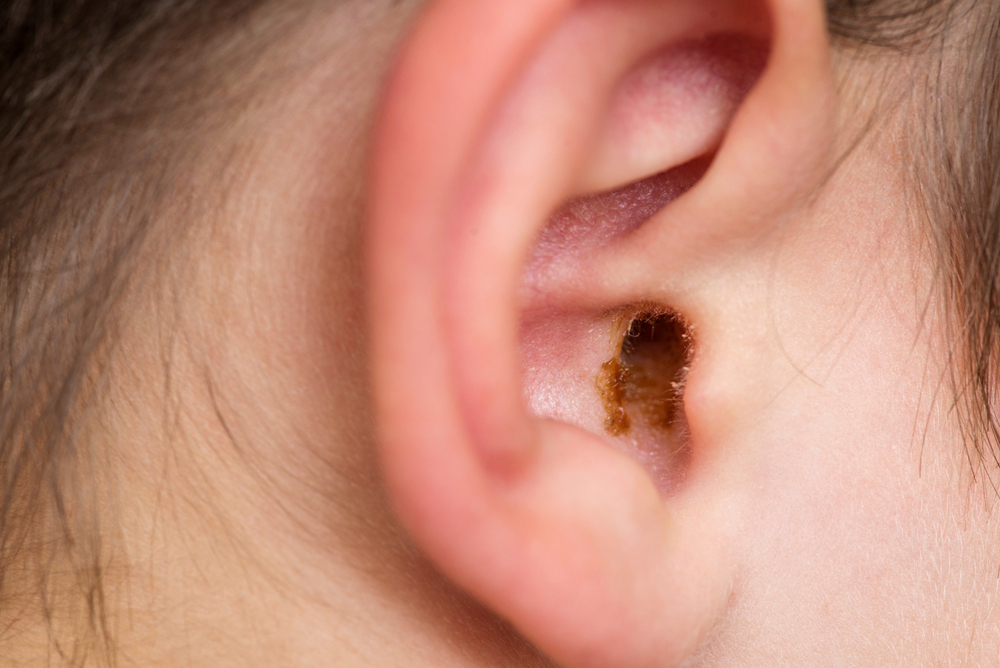
Chances are, earwax and its accumulation haven’t been subjects of extensive consideration for you, except maybe during ear hygiene sessions. Nonetheless, comprehending what causes earwax, how it forms, and its purpose is essential.
What initiates the accumulation of earwax?
Earwax, also scientifically called cerumen, is made up of a mix of sweat, skin particles, hair, debris, and ceruminous gland secretions. This earwax presents with a waxy consistency and can exhibit shades of orange, yellow, gray, or brown.
In most instances, kids tend to produce more earwax than adults. Furthermore, adult earwax tends to be darker and harder compared to that of children.
Earwax goes by the outer ear canal naturally, eventually reaching the ear opening, where it either self-expels or gets washed out when you bathe.
Why is earwax important?
Here are a few important functions that earwax serves:
- Before things like dust, dirt, or other external debris go further up into the ear canal, earwax acts as a roadblock.
- Fending off potential infections that might develop within the ear canal.
- Preventing itchiness and dryness by lubricating and protecting the lining of the ear canal.
Earwax blockages
Impacted earwax is a common problem, but it’s typically the only time you need to worry about it. Impacted earwax can stem from narrow or abnormally shaped ear canals impeding the natural movement of earwax toward the ear’s opening.
Wax can be unintentionally pushed up into the ear canal by utilizing improper cleaning methods like using cotton swabs.
People wrestling with hearing loss who use earplugs or hearing aids are also susceptible to experiencing ear canal obstructions.
How too much earwax can affect hearing
The presence of earwax blockages might yield mild discomfort and impact auditory health.
Ringing in the ears, or tinnitus, may also occur.
Acoustic trauma may result in long-term hearing loss, perforated eardrums, and long-term hearing loss if earwax obstructions go ignored.
Addressing impacted earwax
Should you think you have an earwax blockage, consulting us immediately is essential. Depending on the extent of the blockage, you may be advised to use over-the-counter wax softening drops or a bulb syringe for delicate irrigation to alleviate the condition.
Call us right away if you need some help with an earwax blockage.